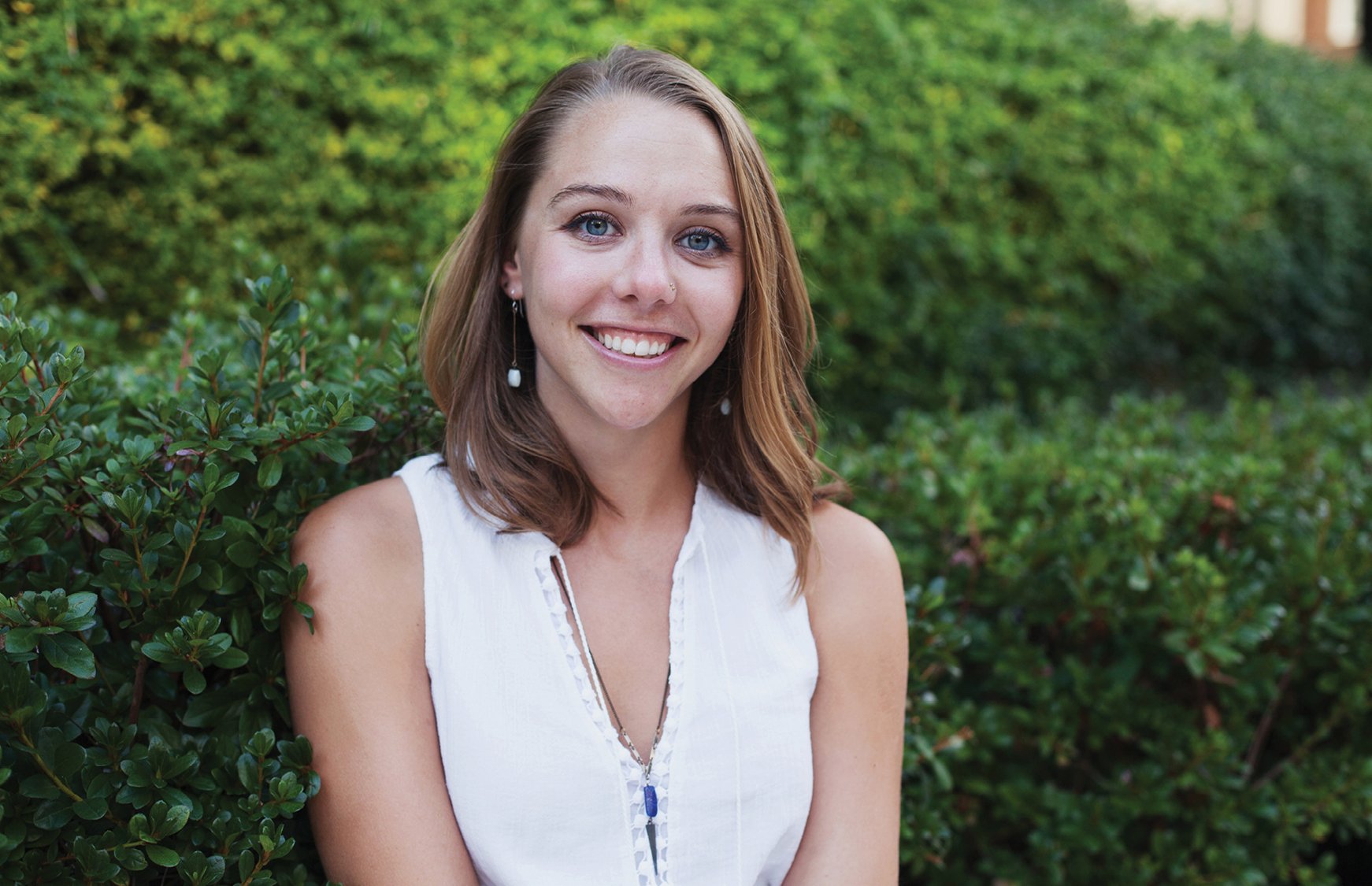It didn’t take long after graduating college for me to become disenchanted with the job search. I graduated with a degree in and passion for photojournalism but when it came time for me to find a home for that passion, I was totally overwhelmed. I knew I didn’t want to settle for a job within the industry that I didn’t want, so I flirted with other ways I could apply my skill set. Three years, two internships, three food service jobs and several freelance assignments later, I get to do two jobs I love.
On one hand, I get to be part of the creation of content and ideas for Career Contessa and work closely with a handful of inspiring and hard-working women. On the other hand, I work for National Geographic, a publication that’s over 125 years old. Although there are differences between the two, either way I have a hand in creating something and sharing information.
It wasn’t easy to be patient and picky at the same time, but I held on to what I wanted to do and stayed open to unexpected opportunities (Career Contessa was a very unexpected opportunity). I’m still figuring it out as I go along, but I learned that trial, error and unwavering hope will always be a part of the equation as I continue to realize my own story.
Her Starting Point
Many people find the transition between college and “real life” a bit daunting. Can you tell us about your journey between the two? What was your first job post-college?
I graduated school in 2011, so in some ways I still feel like I’m on that journey, and technically my job now is my first job post-college. The last three years have been full of highs and lows. It’s common to do about three internships at newspapers after leaving undergrad in my field, but I knew I didn’t want to work in newspapers. The fall following graduation, I interned in the multimedia department at NPR, which was mostly photo editing, and the following year I interned for documentary filmmaker Lauren Greenfield in her studio doing research, and assisting with pre- and post-production. It was on my last day in Los Angeles for my internship that I got an email from CC founder Lauren McGoodwin who was looking for a photo intern. Even though I was leaving LA the following day, I was still interested in being part of the birth of this project. It started with me editing photos and transcribing interviews and evolved into running a little photo department for the site. This was an example of an unexpected but life-changing opportunity.
In college I got a taste of the sense of community the photojournalism world is all about and I was addicted to that support and camaraderie and knew that industry was where I belonged—I just wasn’t sure how I fit into it yet. Between internships I tried freelancing, but would always have to have a second part-time job. I had to swallow my pride and hustle. I worked as a barista at Starbucks, I waitressed, babysat, I lived with my parents—none of this was something I aspired towards, but it was something I had to do, and I’m glad I did.
I think the most important lesson I learned since college is that sometimes things aren’t going to go the way you envisioned, and you deserve that. Reality slapped me in the face and I am glad for that because it took away any sense of entitlement I had very early on. I also learned that the best thing I did in this time was not settling. Even though I didn’t know exactly what I wanted to do, I knew what I didn’t want to do, so I explored other options. It was kind of like planned chaos, but I think it paid off. I rarely said no to an opportunity because that's what it was—an opportunity to try something new and prove to myself and others that I was adaptable. I was exploring different parts of my field and I loved seeing all the ways I could put it to use. If I didn't know how to do something, I figured it out.
I work at Geographic largely because I stayed in touch with my former boss at NPR who became the Digital Director of Photography (he now has a different job title). You don’t have to have an agenda, but I do think it’s important to remind your former bosses and people you respect in the field who you are and that you’re still around.
Can you tell us about the most beneficial class you ever took? Are there any you wish you had taken? Any you wish you hadn’t?
Mizzou is known for its journalism school. When I was there, you took journalism classes—reporting, communications law, history of journalism, etc.—and then simultaneously did classes in your “sequence.” My sequence was photojournalism.
I think I would get so much more out of my photojournalism classes now that I have more real-world experience to apply them to. I wish there had been more classes centered on production and photo editing. I think sometimes photo editing is seen as the fallback if you’re not a good photographer, and this is unfortunate because there’s a real collaboration and art there that is being ignored.
Photography is considered the art of our time. When did you first realize that this was the right path for you? How did your passion for photography ignite?
I didn’t “grow up with a camera in my hand” or “start taking pictures when I was six.” My career ambitions went from being a teacher to creative writer to journalist to broadcast journalist to photojournalist. Somewhat randomly I became part of the photojournalism group in my dorm without even knowing how a real camera worked.
I ended up in that dorm with other aspiring photojournalists and felt so insecure and exposed. I didn’t have any experience and some of these people had already been freelancing. I knew I wanted to tell stories visually and I didn’t want my lack of confidence to get in the way so I kept going, but it was a very painful couple of years in the beginning of college.
During my junior year, I took a semester off to intern with a nonprofit in Venice, California called Falling Whistles. I had a newfound passion for philanthropy and needed to step back to gain some perspective. When I was there, I became familiar with the work of Marcus Bleasdale, whose work on child soldiers in the DRC I was researching, and I think that’s when I felt like photojournalism wasn’t just something I wanted to do, it was something I had to do.
What do you love most about working at Career Contessa? What about National Geographic? How do the company cultures differ between the two, and how are they the same?
There are few day-to-day similarities between the two, that’s why I love both of them so much! The main difference is that Career Contessa is a project I helped create, whereas National Geographic has been around for over 125 years. With CC, I am a big fish in a small pond and I love the intimacy of our team. On the flip side, at Geographic I am a very small fish in a huge ocean—there are a lot of moving parts that have been in place for so long because it’s an established society. I have to navigate both of these environments, but either way I get to create something every day.
I am passionate about working with our talented and generous photographers and bringing our Contessas’ voices to life. I truly look forward to going home after work and diving in to CC work. It’s just me and my computer and a glass of wine when I’m working on CC. Lauren, Carrie and I communicate regularly and trust each other to go above and beyond in our different areas—that’s why we work so well together.
National Geographic is different because we’re telling different stories at a different pace. While CC is highly editorial, my job at Geographic revolves around news, science and geopolitics. I work on News, which is a part of the digital side of the Magazine. It’s still relatively young compared to the publication, so every day we’re figuring out how to tell stories online that people can only get from us, and still compete with major news outlets. It’s a really cool time to be there and contribute to an evolving process.
Her Big Break
Although many people have heard the job title Photo Editor, only a few know exactly what the position entails. Could you give us a brief overview?
It’s kind of a weird job! Sometimes I can’t believe this is my career. Contrary to what people think, it’s not just looking at pretty pictures all day. Photo editors and photojournalists are storytellers and our goals are the same as the text—to share knowledge, make people aware and call people to act. As an editor, I want to make the photographer’s job as easy as possible and create a solid story package to deliver to the reader. I talk with text editors and writers to understand a story and conceptualize the best way to visualize it for our audience. The order of the photos I choose needs to follow the narrative of the story and also make sense following their own narrative. If someone comes online and only wants to look at the pictures, they should know what the story is about by the time they look at that last image on the page.
Photo editors also hire photographers to photograph stories and try to work out all of the hiccups to make the photographer’s job easier. To do this you also have to know who the best photographer is for the job. Whether it’s covering a conflict zone, doing an adventure story or working with animals, editors have to figure out who will do the best job covering the story based on the photographer’s interests and experience. Then we work with producers, designers and graphics folks to create a cohesive story package and make sure a story is presented in the most effective way.
For the magazine, this process can take quite a while. In some cases, it takes years to photograph a story start to finish. On the digital side, our workflow moves much quicker. We could have anywhere from a couple hours or a couple weeks to conceptualize and publish a story.
How do you stay on top of the latest camera and editing technology? What are your go-to editing tools?
I’ve never been much of a gear head, but I get very curious about the process or gear that went into making an image or film when I notice great photography. Once it’s a part of you, you can’t help but notice it everywhere and analyze it. I love being so aware of visuals that surround us all the time.
Other than that, I use Photoshop to tone and edit photos and Expressions Media to archive and catalogue.
If we had the chance to peek at your schedule, what would an average day look like?
6:30 to 7:30 a.m.: Wake up, think about exercising and inevitably say “screw it.”
7:00 to 8:00 a.m.: Watch a little Netflix while I get ready and eat breakfast
8:00/8:30 a.m.: Get to work, answer email, try to file photos for at least one story before the 9:30 a.m. meeting.
9:30 to 9:50 a.m.: Morning news meeting, discuss current and future stories, status of text, visuals and graphics, figure out a different angle to approach popular news stories.
10:15 to 10:30 a.m.: Meet with digital photo team for our daily SCRUM, where we briefly list what we’re working on. Time to touch base and collaborate.
11:00 to 3:00 p.m.: Prioritize that day’s stories based on urgency. This includes reading stories, doing photo research, ordering images and communicating with text editor and producer.
3:00 to 5:30ish p.m.: Start getting ahead on stories for the next day, read stories and begin to brainstorm.
Throughout the day: Attend meetings, work on side projects, address breaking news stories.
6:00 p.m.: Work out, hopefully—go to the gym, for a run on the National Mall or to yoga class.
7:30 to 10:00 or 11:00 p.m.: Eat, shower, work on Career Contessa.
Her Perspective
What’s the best piece of advice you’ve ever gotten?
Sometimes it’s hard advice for me to follow but: “Do less better” –Brian Storm, founder of Mediastorm
What is the most challenging part of your job? How do you keep yourself from getting burnt out?
To be honest, going from a day job to working on Career Contessa can get overwhelming from time to time, but I wouldn’t do it if I wasn’t passionate about it. I’m still trying to figure out and be better at maintaining a work/life balance, but right now I focus on taking lots of deep breaths and not taking either job too seriously because then I wouldn’t get anything done.
I try to do one thing for myself every day. Maybe I’ll go to yoga, buy myself a latte, sit outside for lunch or make an actual dinner. Sometimes it feels like a reward to take a shower and not think about anything outside of that room.
Ultimately I remember that it’s just life. If I’m doing good things for other people and doing good things for myself, it’s a successful day.
What skills are essential to working as a photo editor? Do you think having an industry niche is important?
First and foremost you have to have a total passion in photojournalism. This is an immersive community of people— people who risk their lives to tell stories and share information every single day. All of our photographers are my heroes because of this fire inside them. The most important skill is collaboration. Collaborating with your fellow storytellers is imperative if you want to deliver solid journalism to your readers or viewers. This isn’t always easy because everyone has a different vision of what the story should be, but it’s important to listen to others’ ideas and carry them with you. As an editor you also need to have complete trust in your photographer.
Within the journalism world, you should know more or less how you want to tell stories. And within the photojournalism world, I think there are certain subjects that interest photographers and editors most. Those are the stories you should follow because your passion will show in the images. Journalists usually fall into a beat, sometimes it’s assigned to you and sometimes it’s what you gravitate towards. Your “niche” also becomes your area of expertise. A photographer or editor will become an authority on a topic because of the people they interact with in the field, being physically immersed in a story and doing research. An editor will hire you for your knowledge and proficiency in knowing and caring about a subject matter.
That said, flexibility is important. There is a big emphasis on multimedia (video, audio and still photos) and social media today so, as a photographer, you have to be adaptable to the currents of technology.
Translating passion into a career is tough. What advice would you give to women trying to figure this out?
Trust your gut and try things you might normally overlook. If you’re an aspiring photographer, shoot as much as you can and find a personal project that you’re excited about working on, don’t waste your time shooting stories you’re not interested in. As an editor, I am always more interested in seeing personal projects than standard portfolio work. Hone in on your interests and explore the vast possibilities you might be able to apply them to.
For aspiring photographers I would advise to meet people in person rather than over virtual networks like LinkedIn. I’ll always remember someone who shook my hand and chatted with me over someone who friended me on the Internet. Also, make sure you follow up with the people you meet, whether they’re new friends or potential employers. Let people know what you’ve been working on, show examples of recent work, let them know what your plans for the future are, etc.
For aspiring editors, I would say that if you know you want to be an editor then own it. Ask your photographer friends if you can help them edit their work for practice. And always meet people and become a face people recognize and trust in your community.
And finally, what do you wake up looking forward to? What’s next for your career?
I wake up looking forward to going to work! I have known for my whole life that I wanted to educate people and tell stories—now I’m doing both.
I don’t make five-year plans so I’m not sure what’s next, but when my gut tells me it’s time to try something new, I’ll take my own advice and move on. I am happy now in my short career life, it feels like I’m finally coming up for air.
You May Also Like
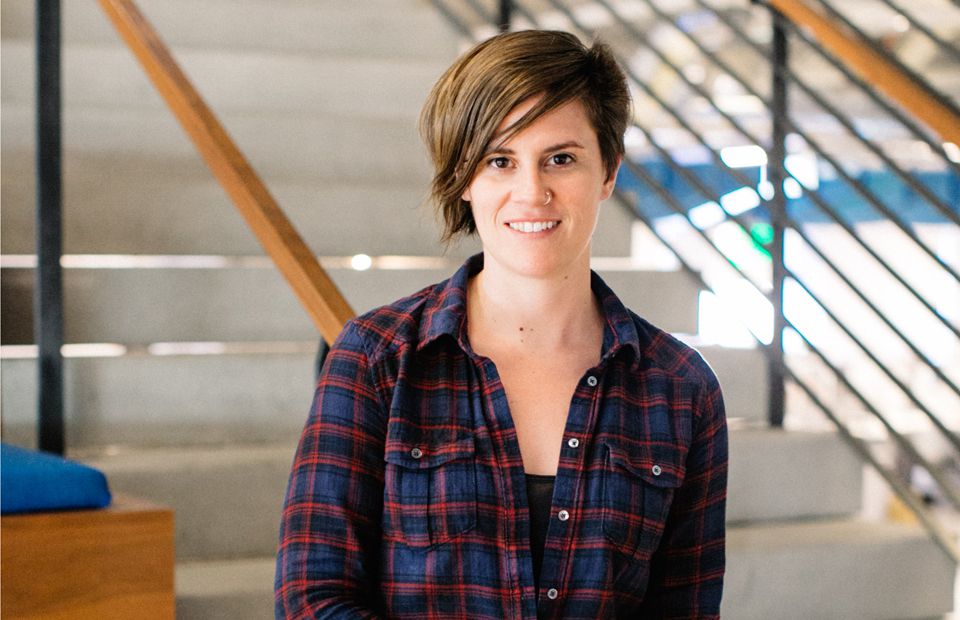
Media
How to Use Positive Reinforcement at Work—and Other Advice from a Pandora PM
"My advice to anyone who wants to get into product management is: check your ego at the door."
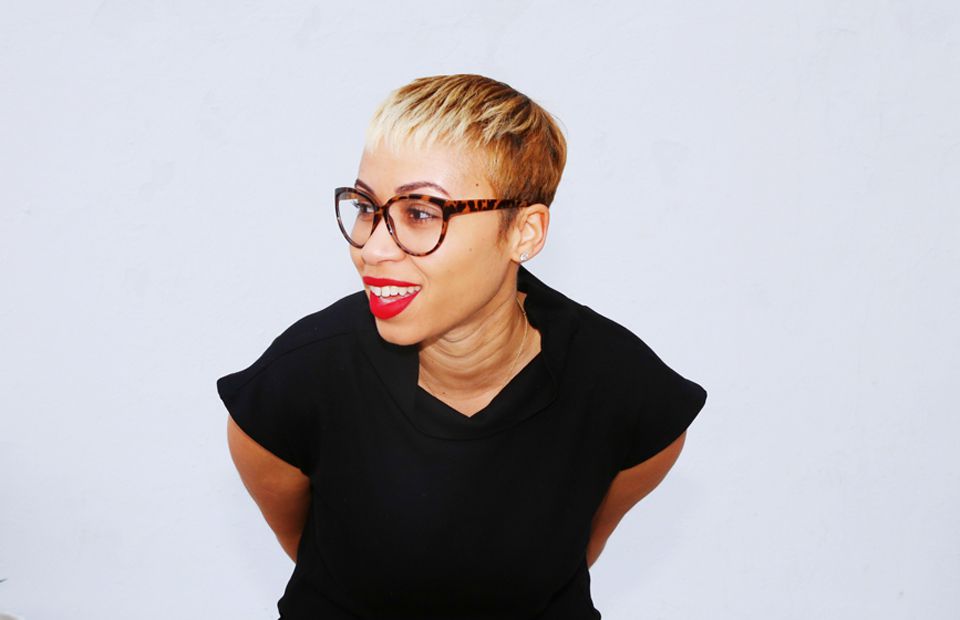
Media, Communications + Public Relations
How to Take Risks, Make a Switch, and Find a Career You Love—From a Woman Who's Done It 4 Times
Making your wildest dreams come true starts with understanding yourself—and Ahyiana Angel can help.
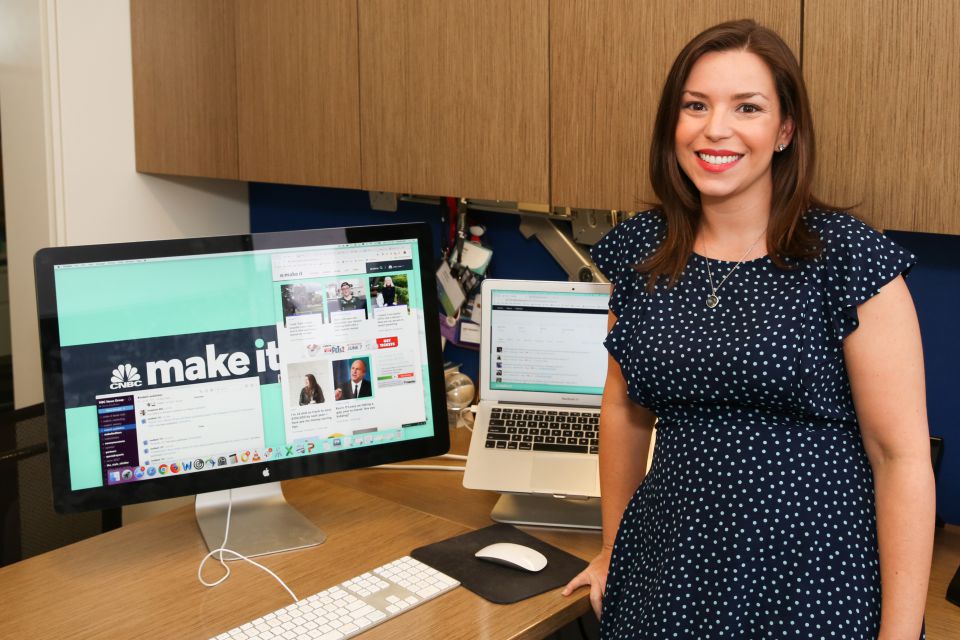
Communications + Public Relations
Creating Content That Empowers Audiences with CNBC's Digital VP and Managing Editor
This week, we interviewed Jenna Goudreau, the VP and managing editor of CNBC Digital. Let's learn how she keeps her powerhouse content creation machine going.
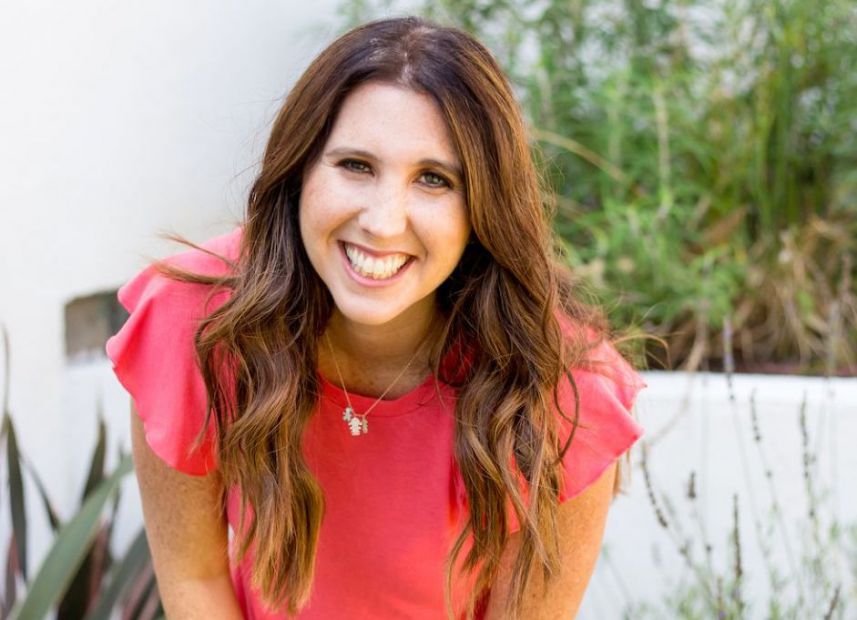
Entertainment
Working Creatively From Home with Cathy Heller
Cathy Heller is a singer, songwriter, entrepreneur, mother—and now, an author. Determined to lift others up to the "happiest versions of themselves," this queen of the hyphenated job title, leads by example. She shared how to build a fulfilling career in a creative field—all while working from home.
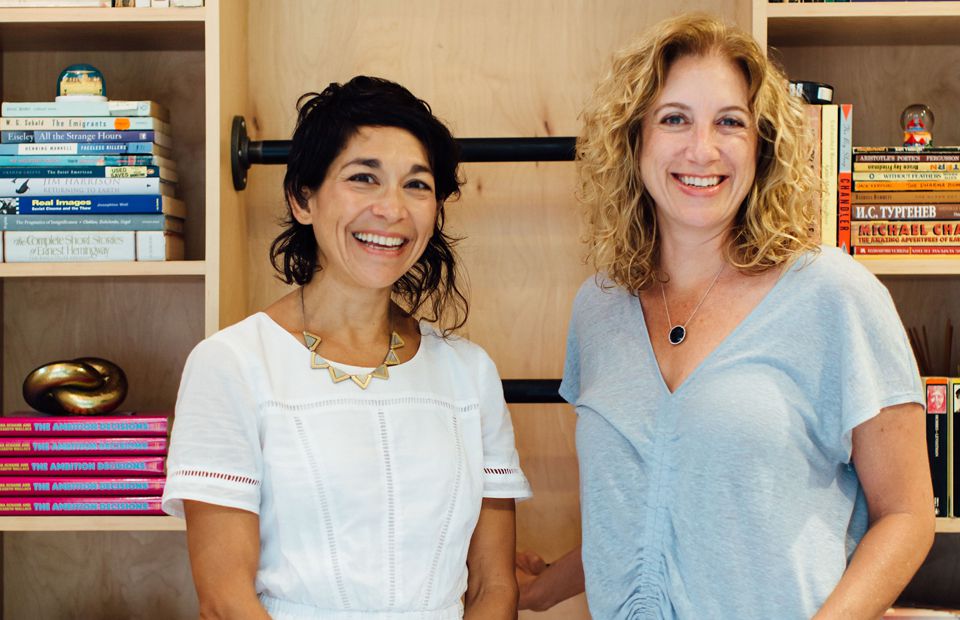
Media
Women, Work, and What It's Like to Write With Your Best Friend—From the Authors of The Ambition Decisions
"We should all give ourselves permission to challenge the things we think can’t be challenged."
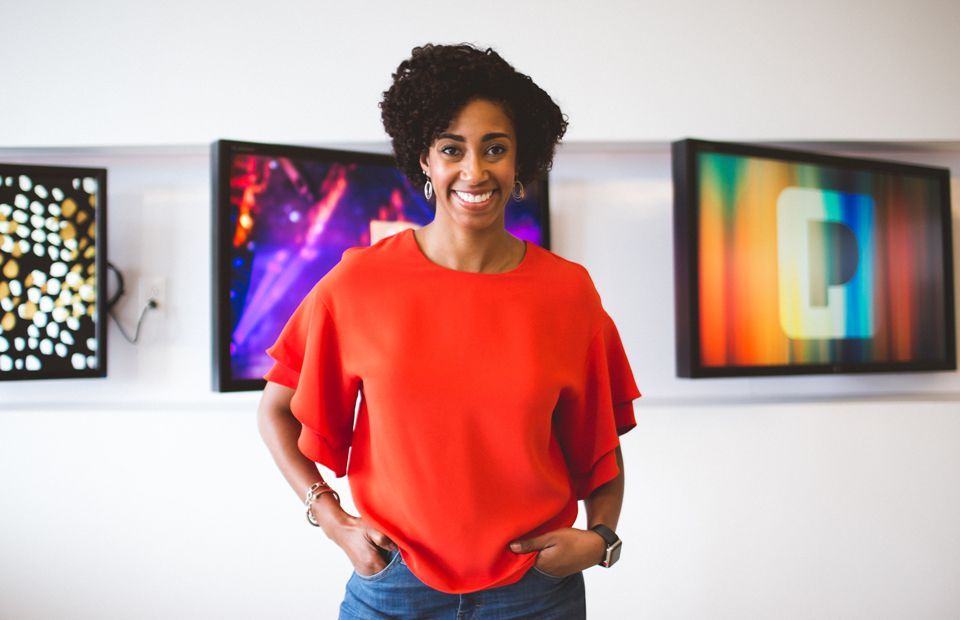
Media
A Director at Pandora on Staying Present, Celebrating Others, and Learning From Failure
"Share your wins, but most importantly, share what your growth areas are, share when you fail, share how you bounced back."
Get the Best Career Advice Delivered To Your Inbox
Join our newsletter to stay in the loop.
